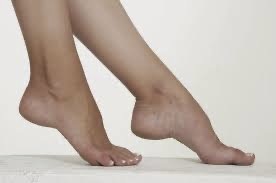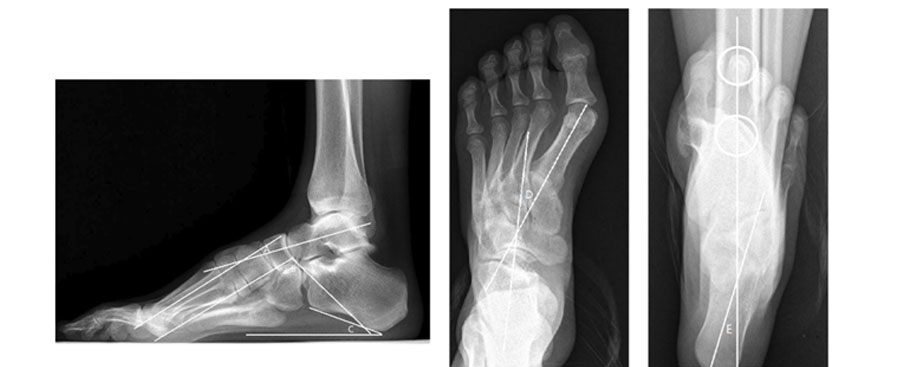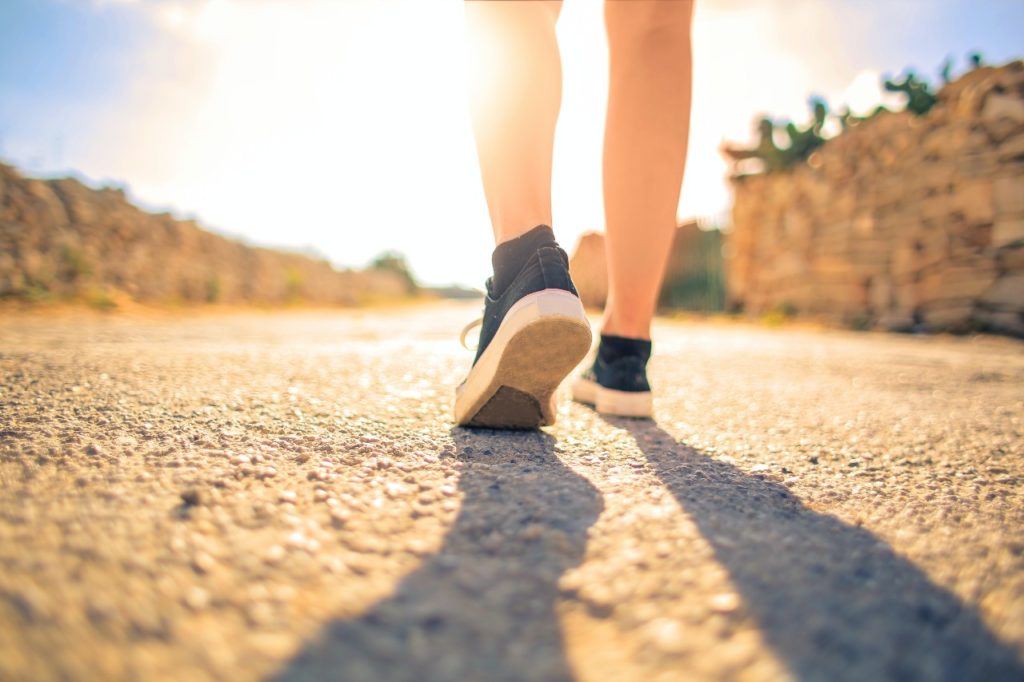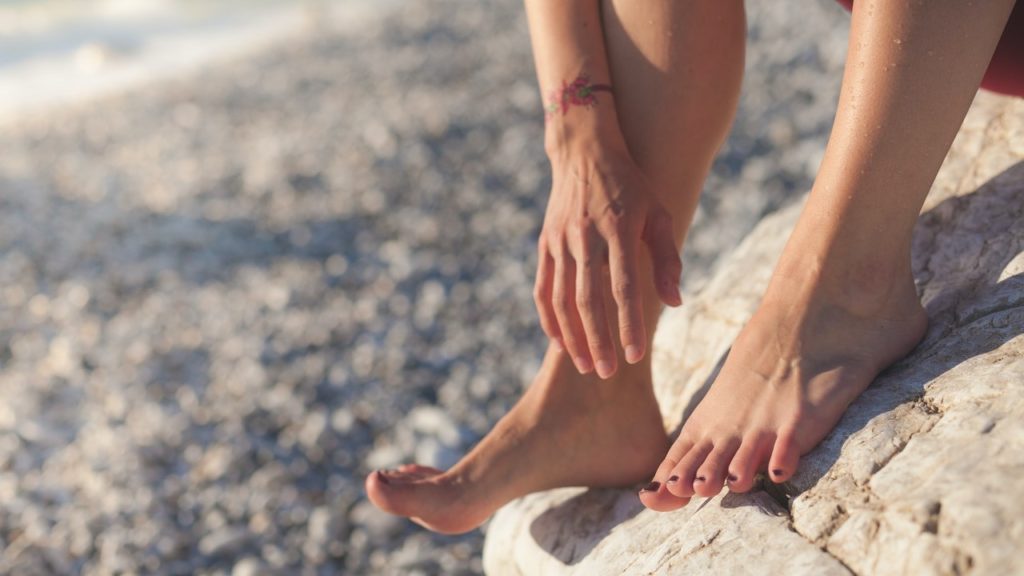The arch of the foot is the area between the heel and the ball of the foot. Normal foot arch should be slightly raised above the ground when standing; when there is a big gap between the arch and the floor, it’s referred to as a high arch.
Cavus foot is the medical term for such a condition when the foot has a higher arch than it normally should.

A simple test to check if you have high arched feet, wet your foot and stand on a piece of paper on a safe plain ground surface. After moving away from the paper, check your footprint. If you only see an imprint of the heel and the front of your foot with nothing in between, then that is a cavus foot.
Upon standing and walking, people with high arched feet will place more weight and pressure on the ball and the heel of the foot which will lead them to experience issues ranging between occasional discomfort, difficulty fitting in shoes to permanent skeletal problems and disability. High arch feet are less common than flat feet. It’s estimated to be approximately 20 % of the population. Though uncommon in young children, cavus feet can occur at any age and affect one or both feet.
Cavus foot may be an inherited anomaly from the parents, as genetics play a major role. It can also be caused by congenital, developmental or neuromuscular abnormality. In many cases, the exact cause is unknown. Medical and neurological conditions include Spina Bifida, Cerebral Palsy, Muscular Dystrophy, Polio, Spinal tumors, Spinal cord injuries, Stroke, Charcot-Marie-Tooth Disease (CMT).
Determining the cause of the cavus foot can be very helpful to determine the treatment plan. If it’s related to a neurologic condition, it may worsen, and may need more aggressive treatment.
The most common symptom of high arched feet is pain when standing, walking or playing sports. Metatarsalgia is the pain which is more concentrated around the ball of the foot and transmitted to the neighboring joints. Symptoms also include tilting of the feet, and bending of the toes (hammer toes), and clenching of the toes (claw toes) which will eventually form calluses and corns to the heels, ball and sides of the foot. Recurrent ankle sprains also result from the excessive inward tilting. Stress fracture of their metatarsal bones may result from the excessive repeated stress on the bone. Over time, the patient’s feet muscles will get fatigued, weakened and the feet shortened, and the patient will find difficulty to fit shoes. If the condition is neuromuscular in origin, patients may have difficulty to clear the ground when walking which is referred to as drop feet and they have to drag their feet when walking. People with high arched feet may need special orthopedic shoes, or inserts for support.
For diagnosis, your podiatrist will need to perform a complete physical evaluation, lower extremity examination and visual gait analysis to better understand your foot mechanics and your walking pattern. Usually x-rays are needed and in some cases MRI, CT, nerve conduction velocity and electromyography studies may be requested for full evaluation of the neuromuscular condition. EOS low dose radiation image to study weight bearing posture for children. Some cases which appear to have a neurological cause, referral to a neurologist may be recommended to get a full neurological evaluation.
Treatment of cavus feet will depend on the severity of the condition. For mild cases, they can often be helped by non surgical treatment using foot ankle braces to ease the high arch symptoms, night splints to stretch the arch and calf muscles especially if associated with plantar fasciitis, custom foot orthotics or wearing comfortable supportive shoes to provide stability, proper cushioning and to redistribute the pressure across the the different metatarsal bones.
Surgical intervention is reserved for severe cases, or unresponsive conditions to conservative methods mentioned. Surgical options range from soft tissue surgeries to bone surgeries. Soft tissue surgeries include tendon realignment, and ankle loosening to provide even distribution of weight across the foot, and to reduce injuries and ankle sprains. Bone surgeries are made to correct the bony deformities, often osteotomies are performed to reposition the bones. After surgery, recovery varies significantly, but in general it takes between eight and
twelve weeks.
If you have foot pain and think you have high arched foot, visit one of our podiatrists to determine the cause of the problem, and design a personalized treatment. Our team is committed to provide the most current, comprehensive and specialized upto date evidence based medicine for you aiming to achieve the best possible care.





